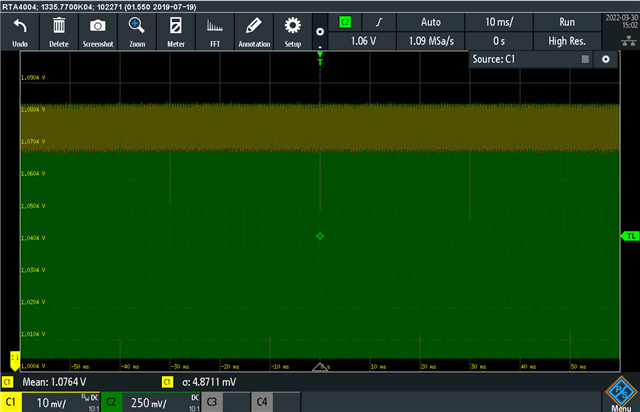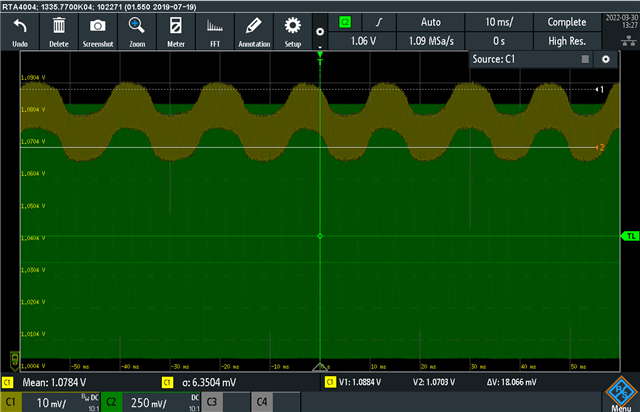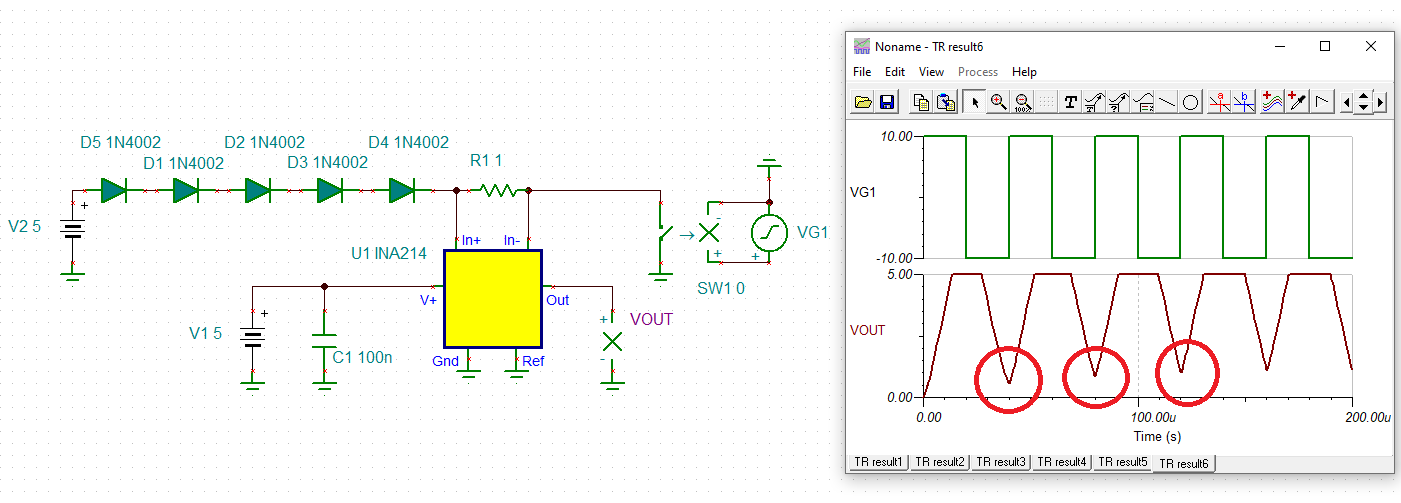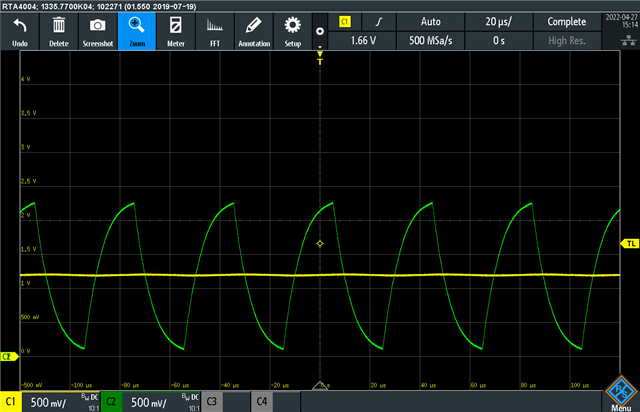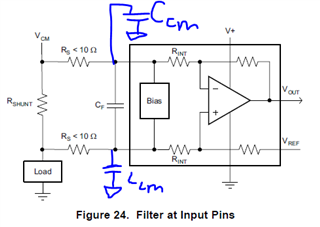We use the INA214 since several years to measure the current mean of a laser (schematic in picture). The current is a 25kHz square wave.
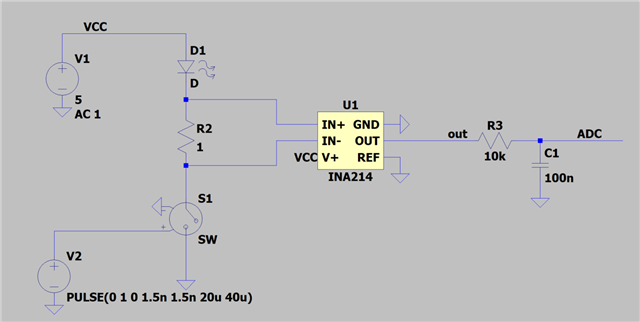
- Everything is working fine, except we found a strange oscillation at the INA214 output, wich does not exist at the input.
- The oscillation frequency goes from about 10kHz down to DC, dependent on the temperature.
- The oscillation only occurs in every 5th PCB.
- The oscillation triples the standard deviation of the measured current.
- A 10uF capacitor between IN+ and IN- reduces the oscillation by a factor of 10.
My question is, how is the oscillation created in the opamp and is there a way to remove it without a layout change?


